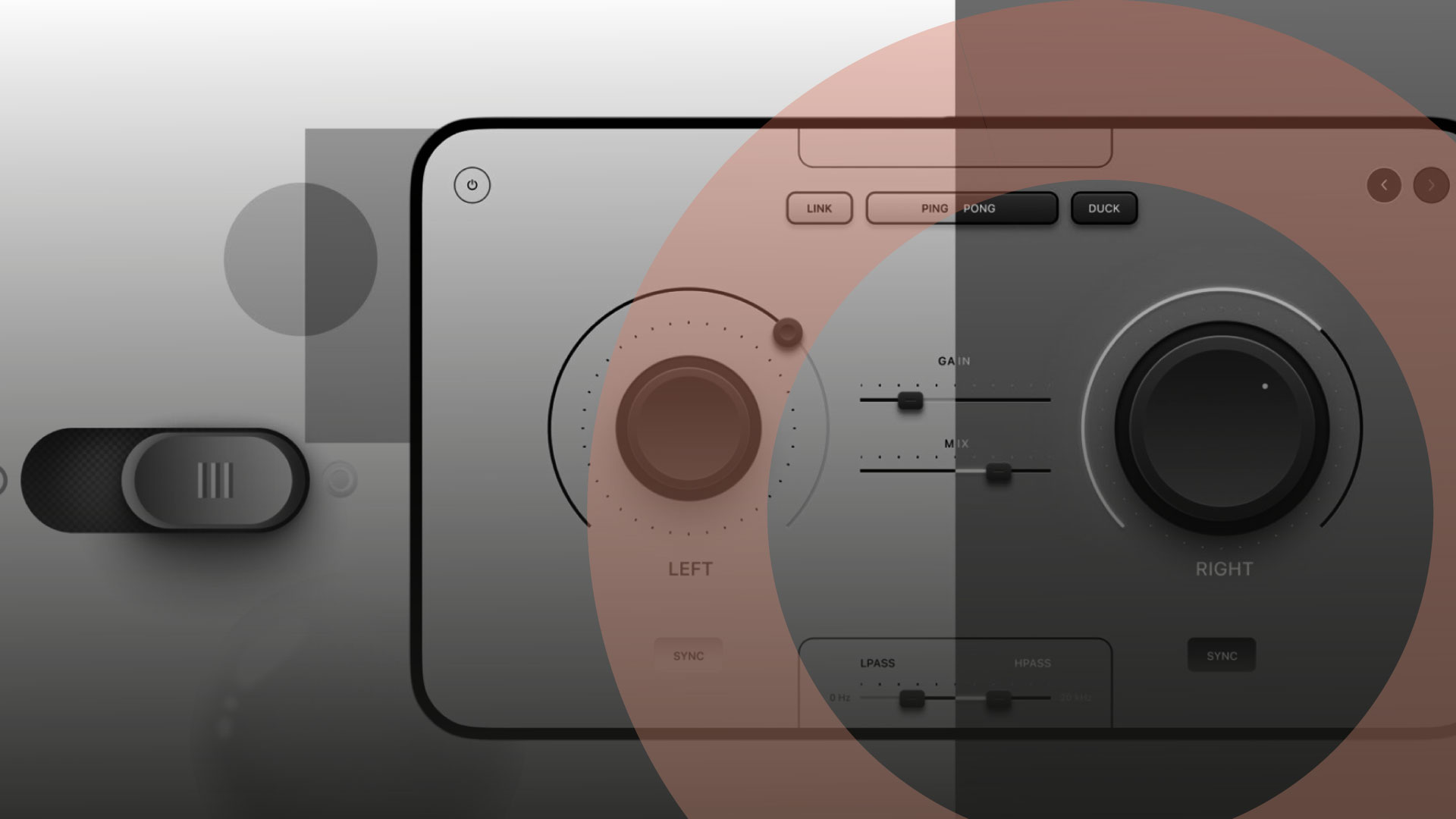


Reading time: 4 minutes
Have you ever wondered why, in the 21st century—an era of artificial intelligence and smart cars—the sound your phone makes when you take a photo is that of a reflex camera? Or why, when everything seems to be reinvented almost instantly, we still cling to the sounds, shapes, and gestures of the past?
In an age where change is the only constant, humans continue to evolve by building on prior knowledge. This phenomenon, known in psychology and education as analogical learning, is perhaps the only true constant in human cognitive development. In interface and user experience design, anchoring the new in the familiar ensures the adoption of new technologies and the integration of new knowledge. In technology, we call this an interface metaphor.
The camera shutter example couldn’t be clearer: the sound of a traditional camera on a smartphone is both a visual and auditory metaphor. Something familiar is used to help the user understand a function in a new context. In this way, the new becomes less intimidating, more intuitive, and more human.
We owe skeuomorphism—that design technique that makes digital objects mimic the look and feel of their physical predecessors—for things like the envelope icon for email, the digital clock that resembles an analog one, or the calendar that looks like it’s made of paper. All of these are bridges between yesterday and today. They simulate reality, create familiarity, and—even if they sometimes preserve unnecessary details—they serve an essential purpose: they help us learn and adopt new things.
Although few people stop to question the mail icon in our smartphone notifications, skeuomorphism has had its critics. Starting in the 2000s, it was accused of cluttering interfaces and making them harder to scale. That’s how flat design was born—minimalist and functional—and with it, the craze for restyling. But, as with everything, the pendulum found its balance: today, we live with clean interfaces that, nevertheless, haven’t completely abandoned shadows, highlights, or gestures that feel familiar.
This principle of building the new upon the known is closely tied to Piaget’s constructivist theory, which holds that learning happens through prior knowledge. Much has changed in the world, but some things remain solid: good design, strong structures, quality materials, and among them, the power of a good story.
Because, ultimately, every technology needs a narrative to make it understandable and human. Just as interface metaphors help us grasp the new, stories help us make sense of it. In a world saturated with innovation and stimuli, stories remain the emotional anchor that connects past, present, and future.
Perhaps that’s why we still need those sounds, those shapes, those narratives that remind us where we come from. Because only by anchoring ourselves in what we know can we dare to leap into the unknown.
Recommended Reading:
- Story Design: The Creative Way to Innovate by Denise Withers (Apple Books)
- Interface Culture: How New Technology Transforms the Way We Create and Communicate by Steven Johnson




